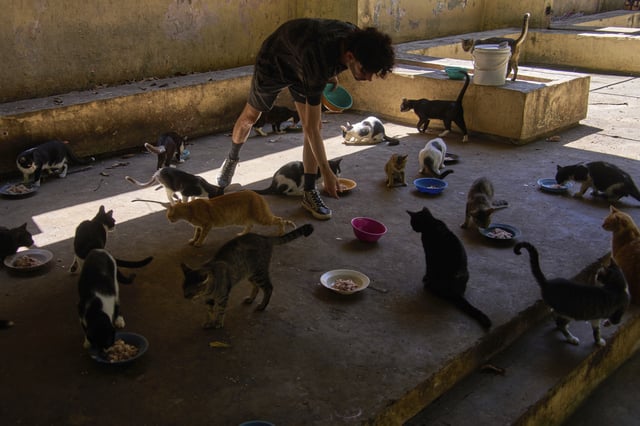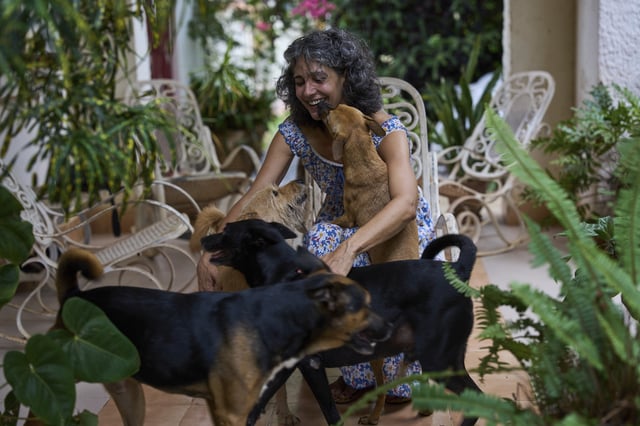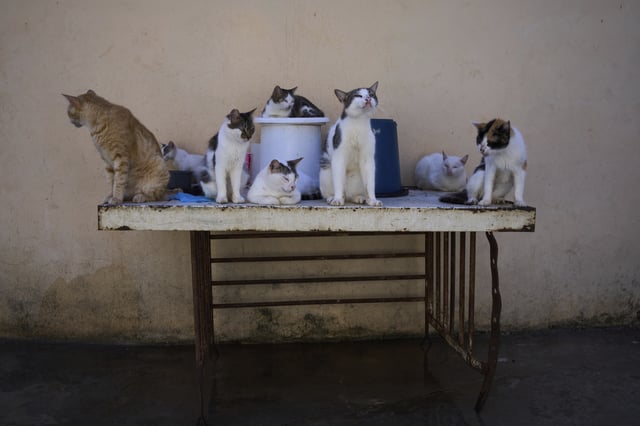Overview
- Pandemic shutdowns, U.S. sanctions and domestic monetary reform have driven inflation and scarcity that have crippled government animal welfare programs.
- Activists like Nélida Pérez in Old Havana and Annelie González at Aldameros Park now care for more than 150 cats and dozens of dogs using volunteer-run feeding stations.
- A 20-kg bag of dog food costs $80, annual vaccines $20 and a single vet visit $10, compared with an average monthly salary of $12.
- Reported abandonments in Aldameros Park have risen from an average of three cats per week in 2020 to about 15 per day this year.
- While the government offers free sterilizations and vaccinations, it lacks capacity to provide shelter or food, leaving volunteers facing severe shortages and rising incidents of stray mistreatment.



